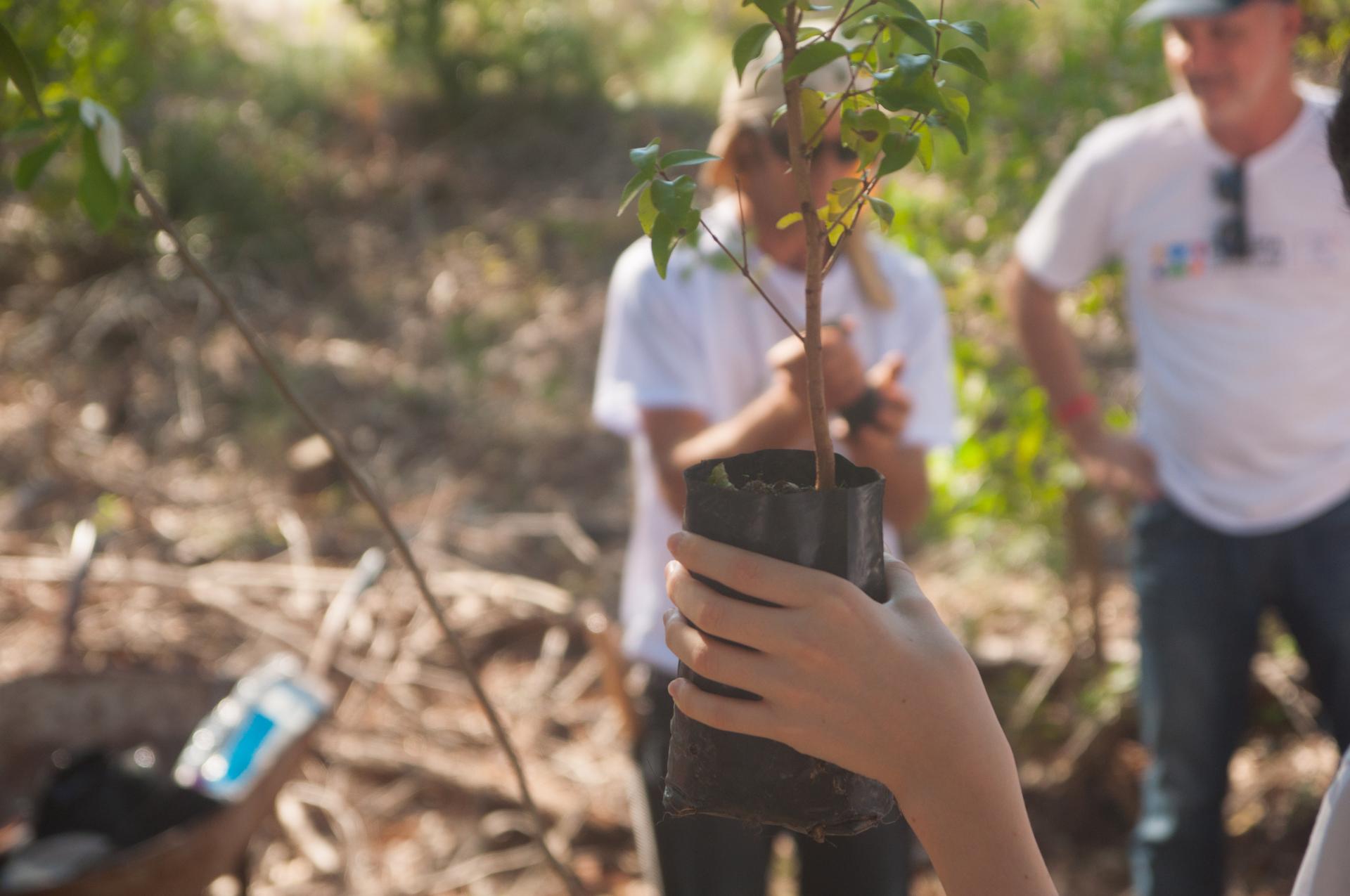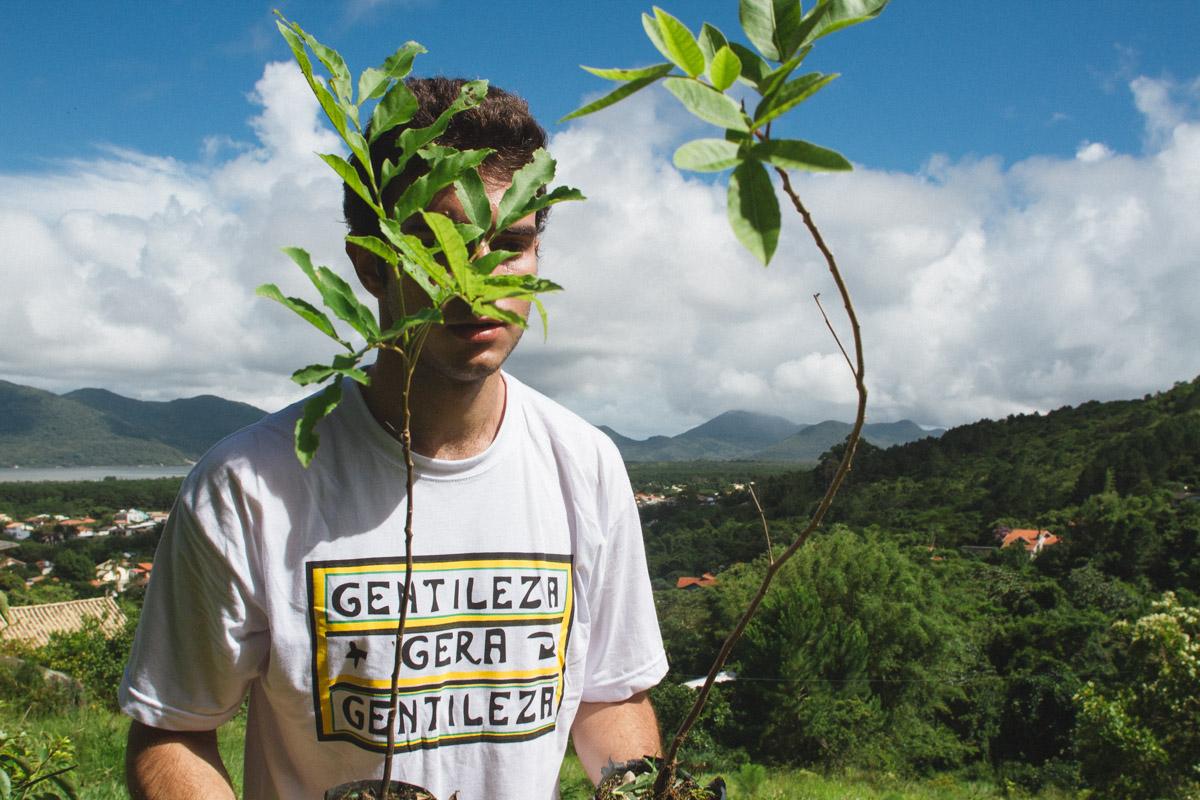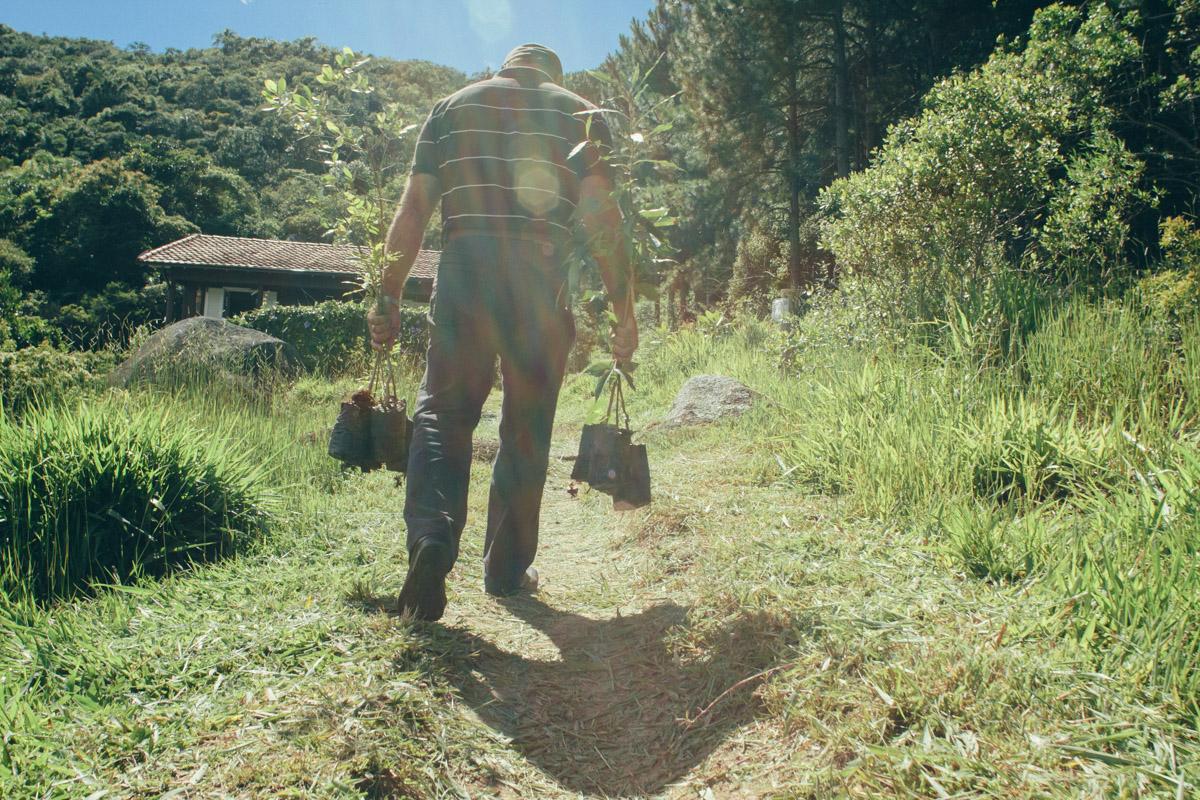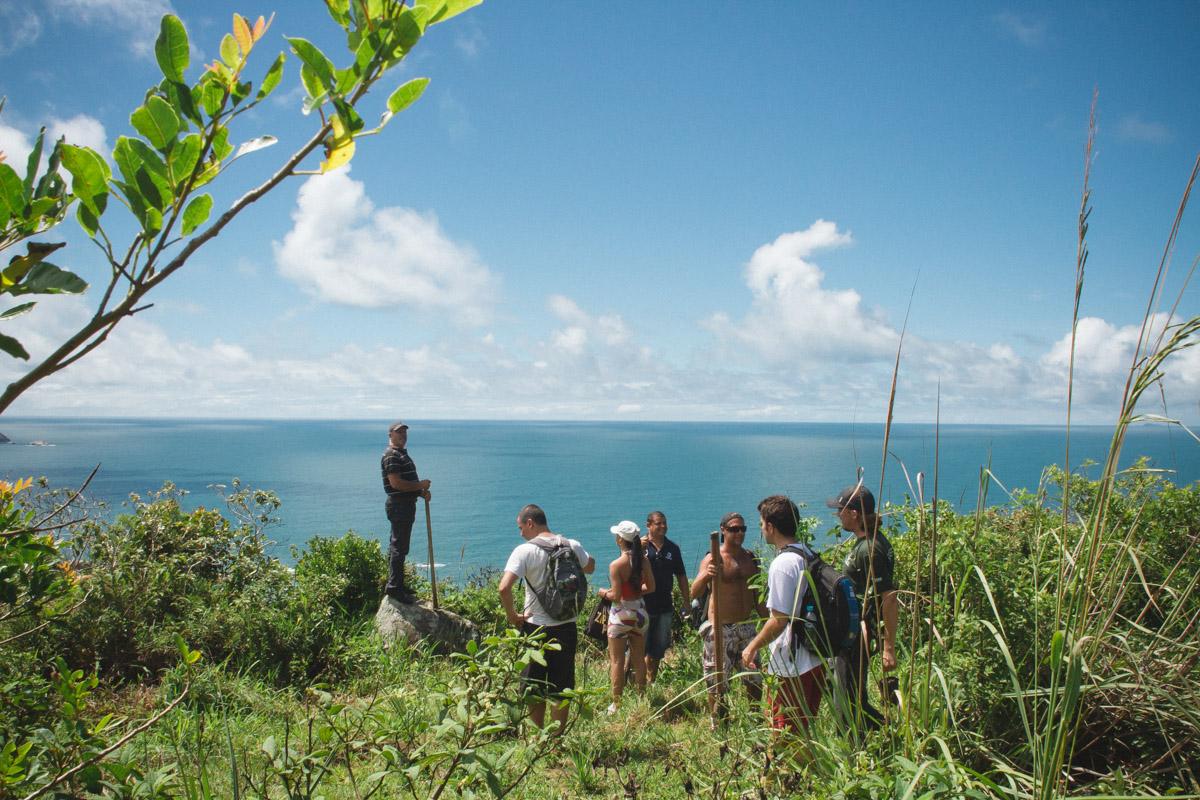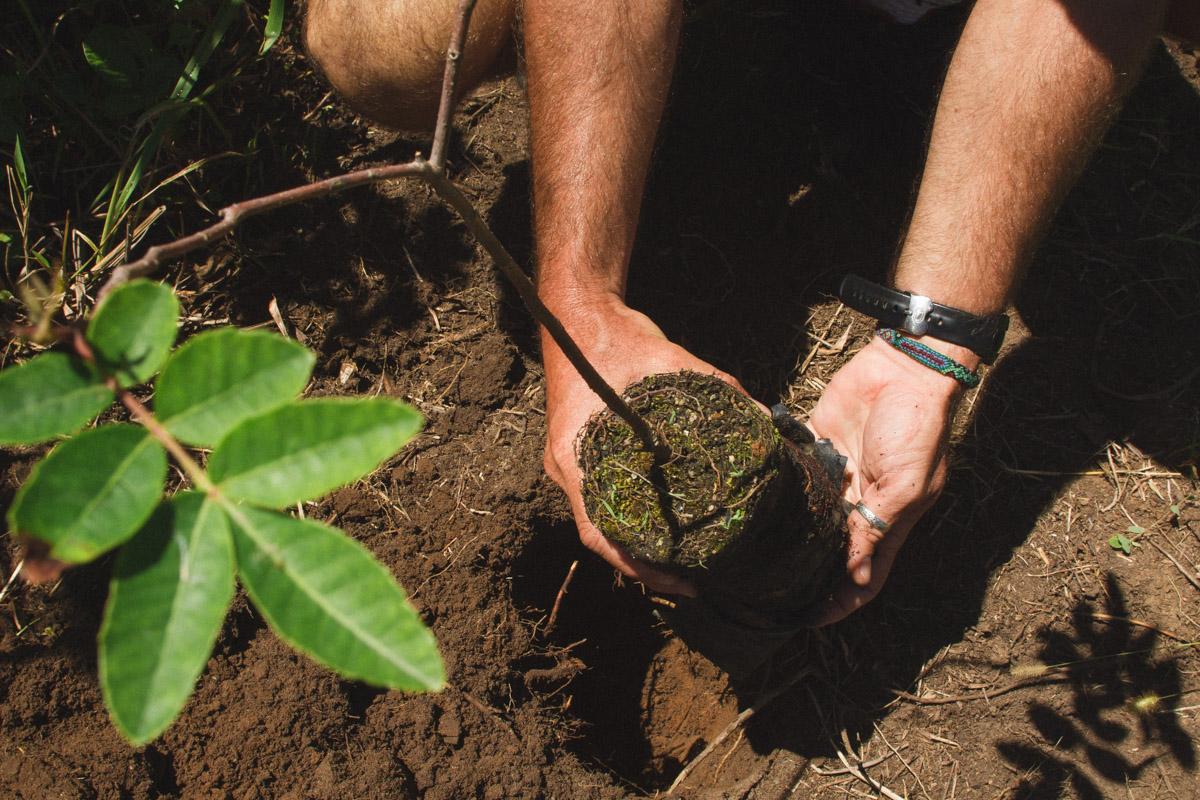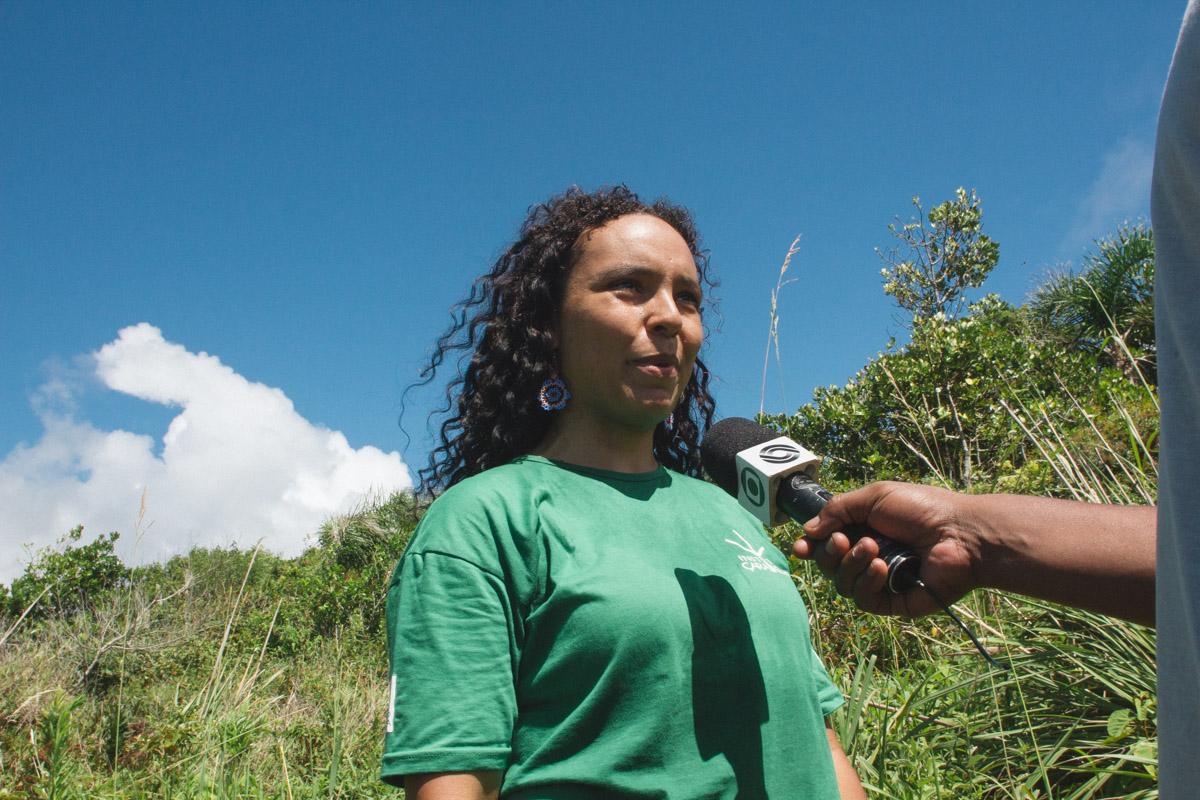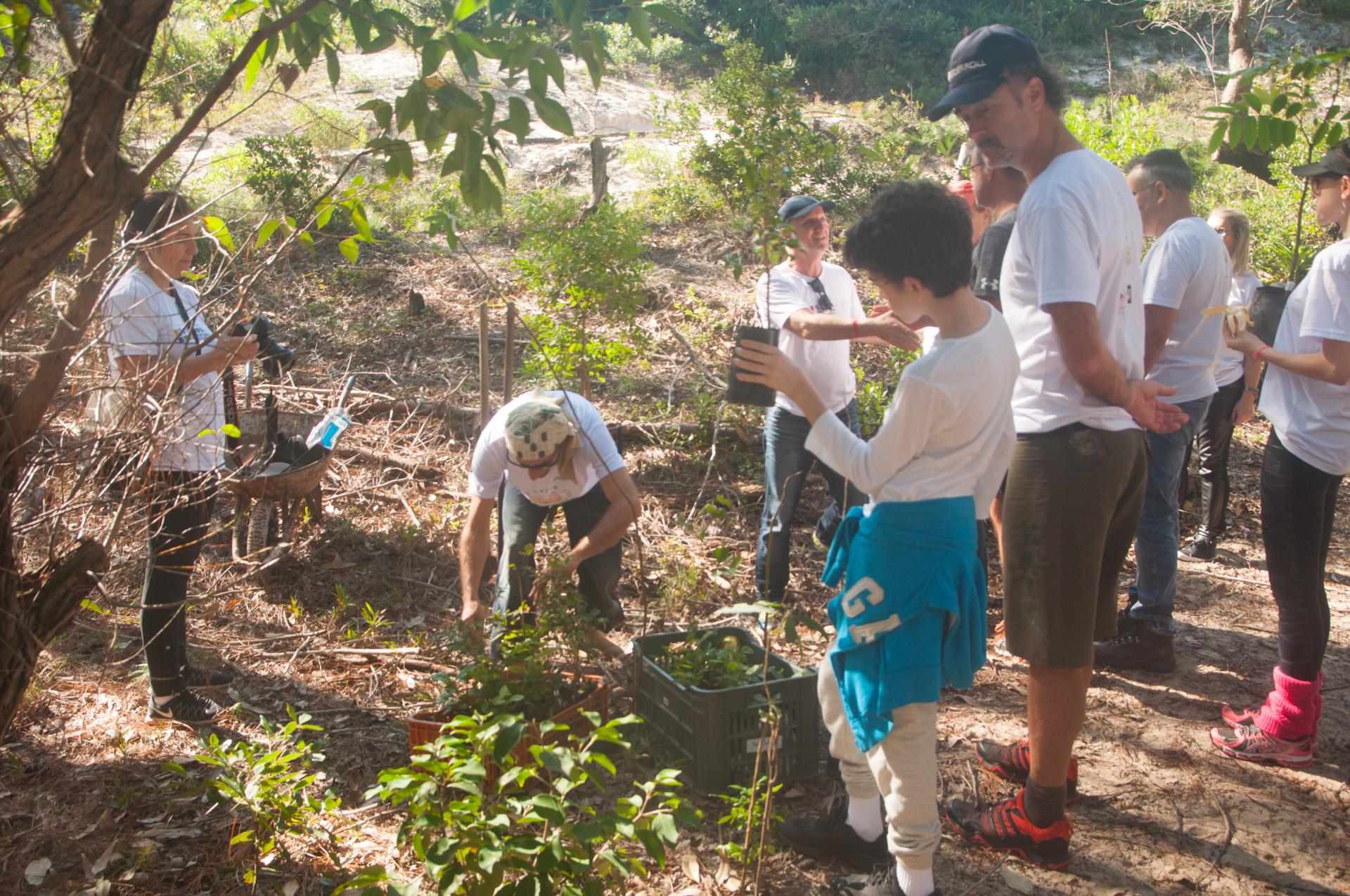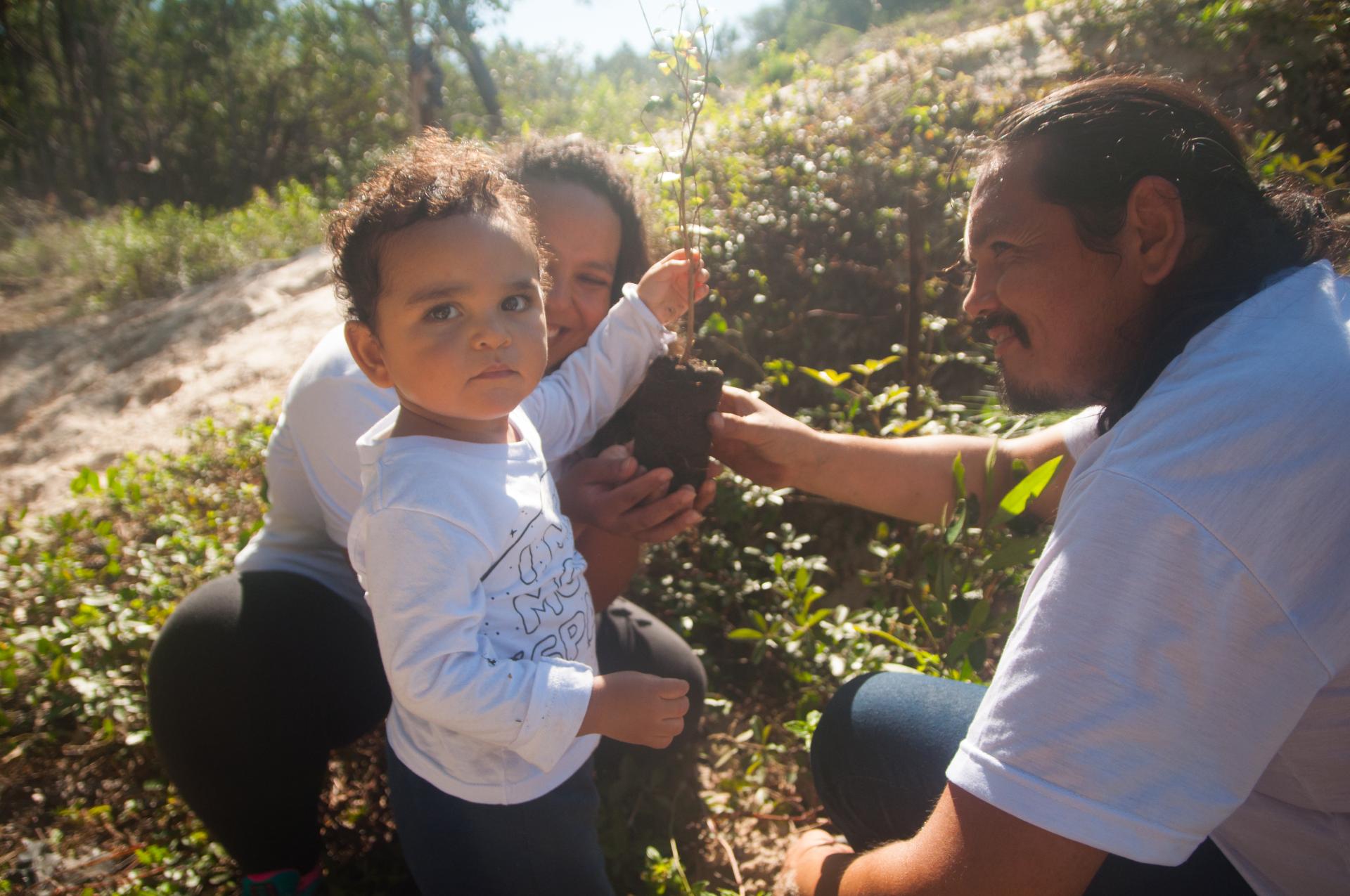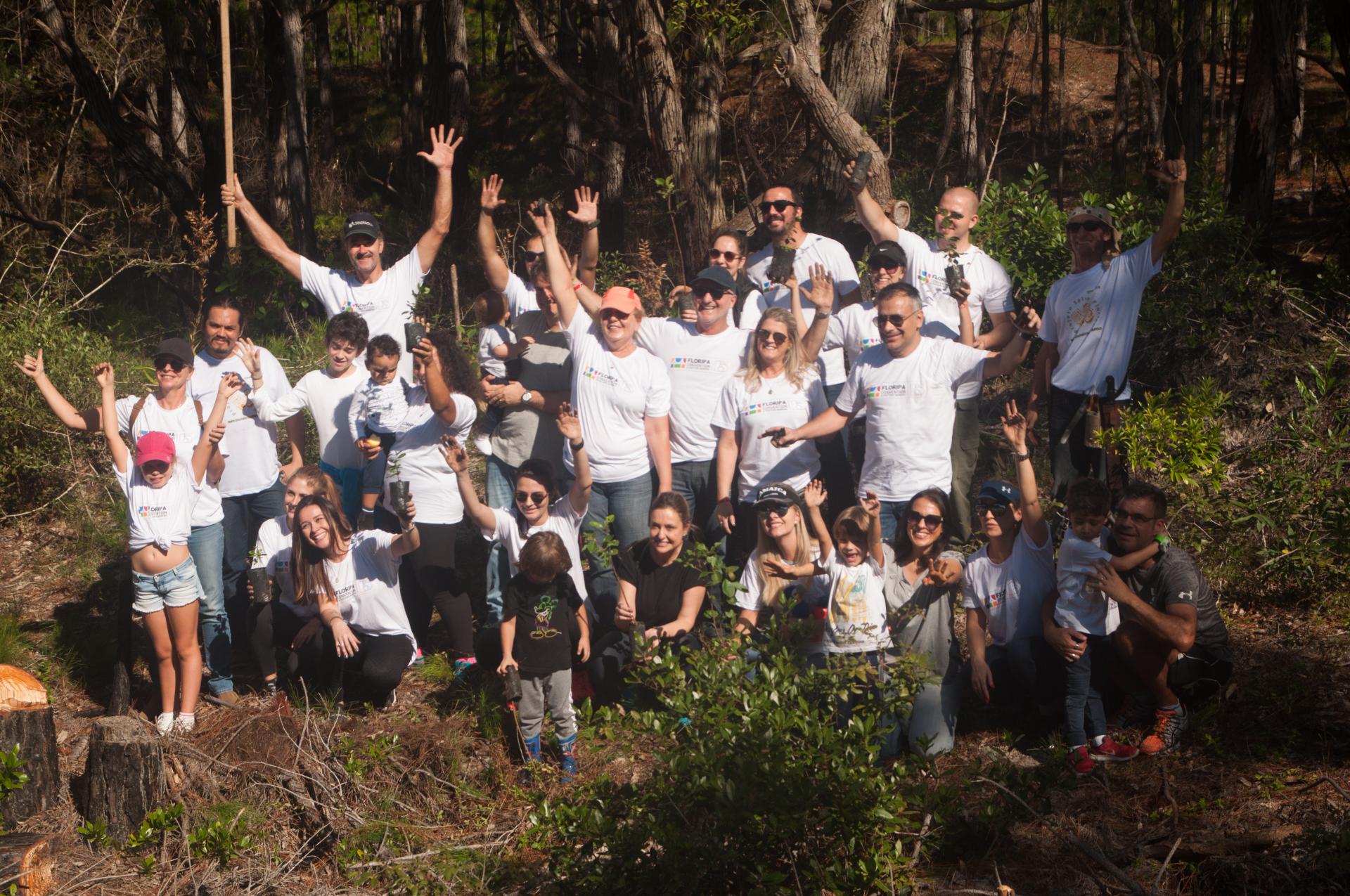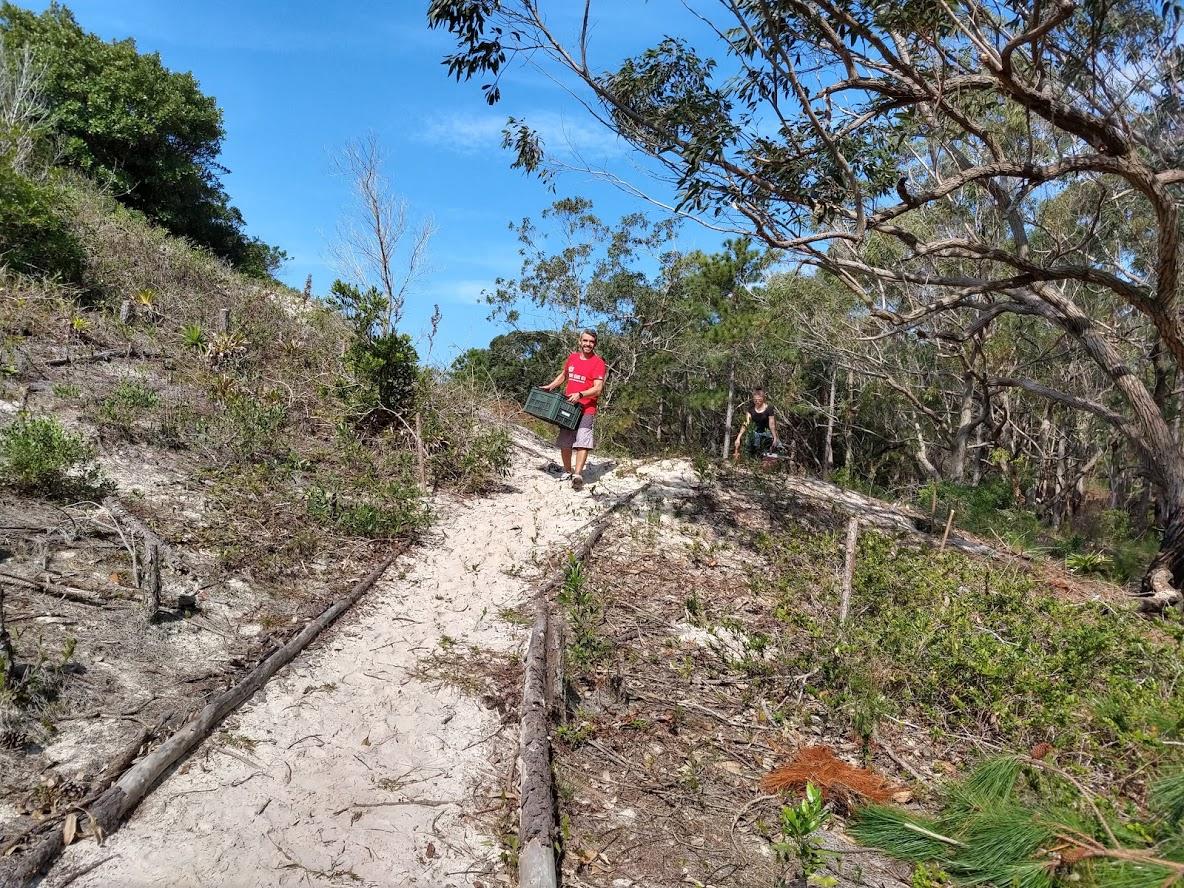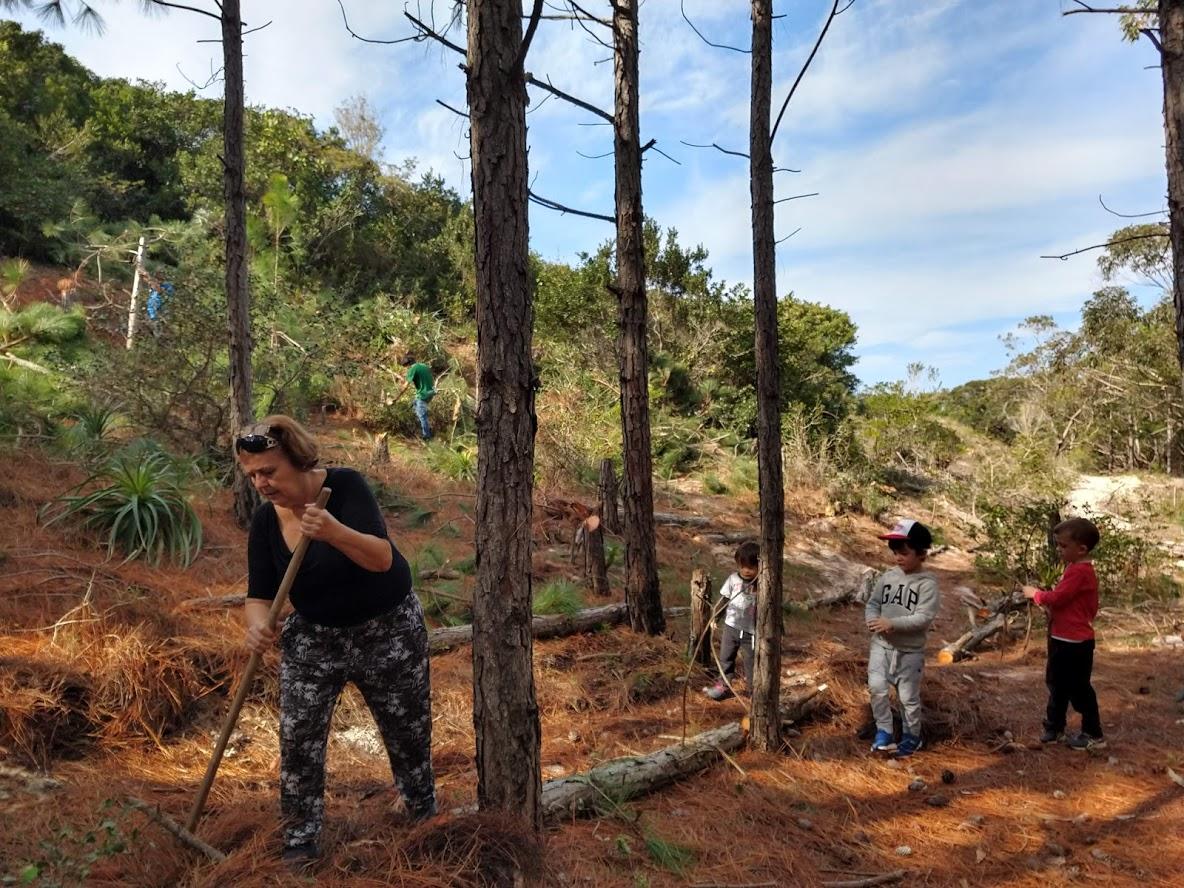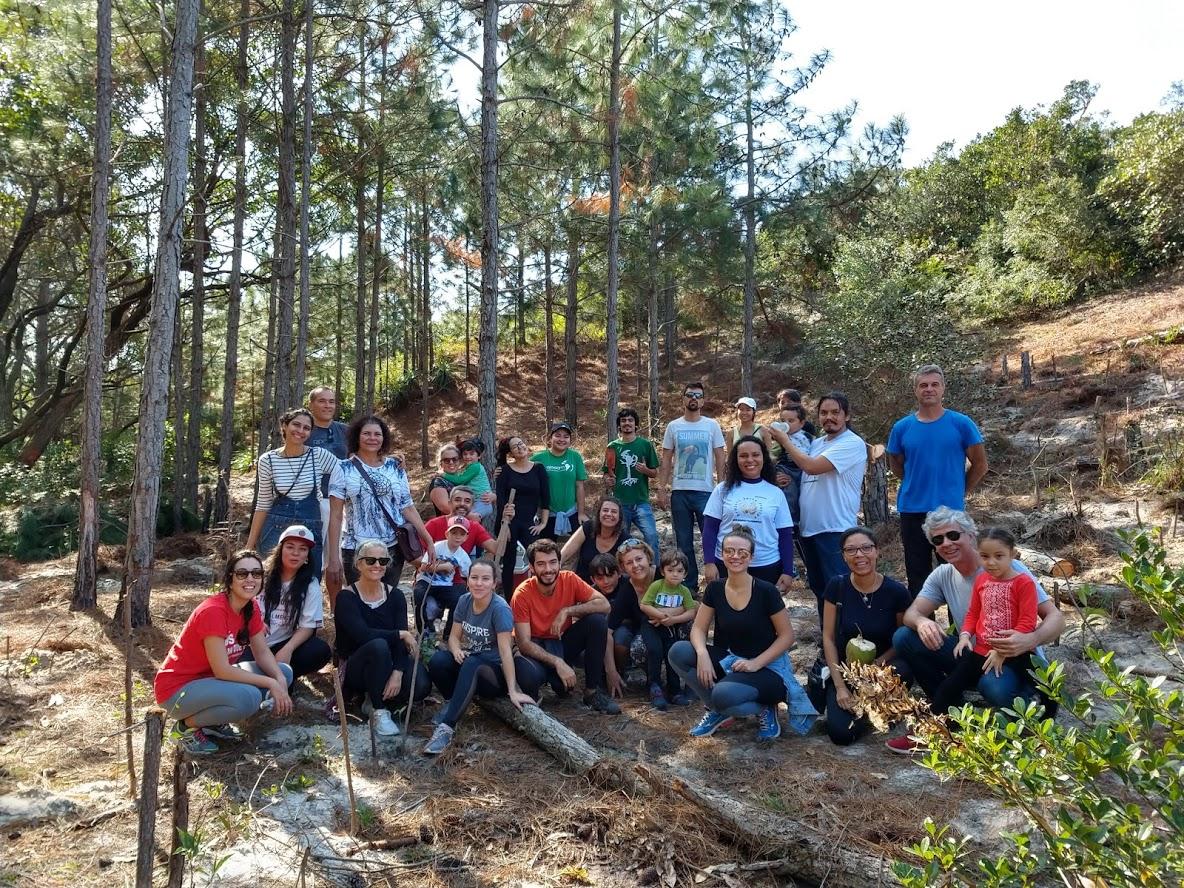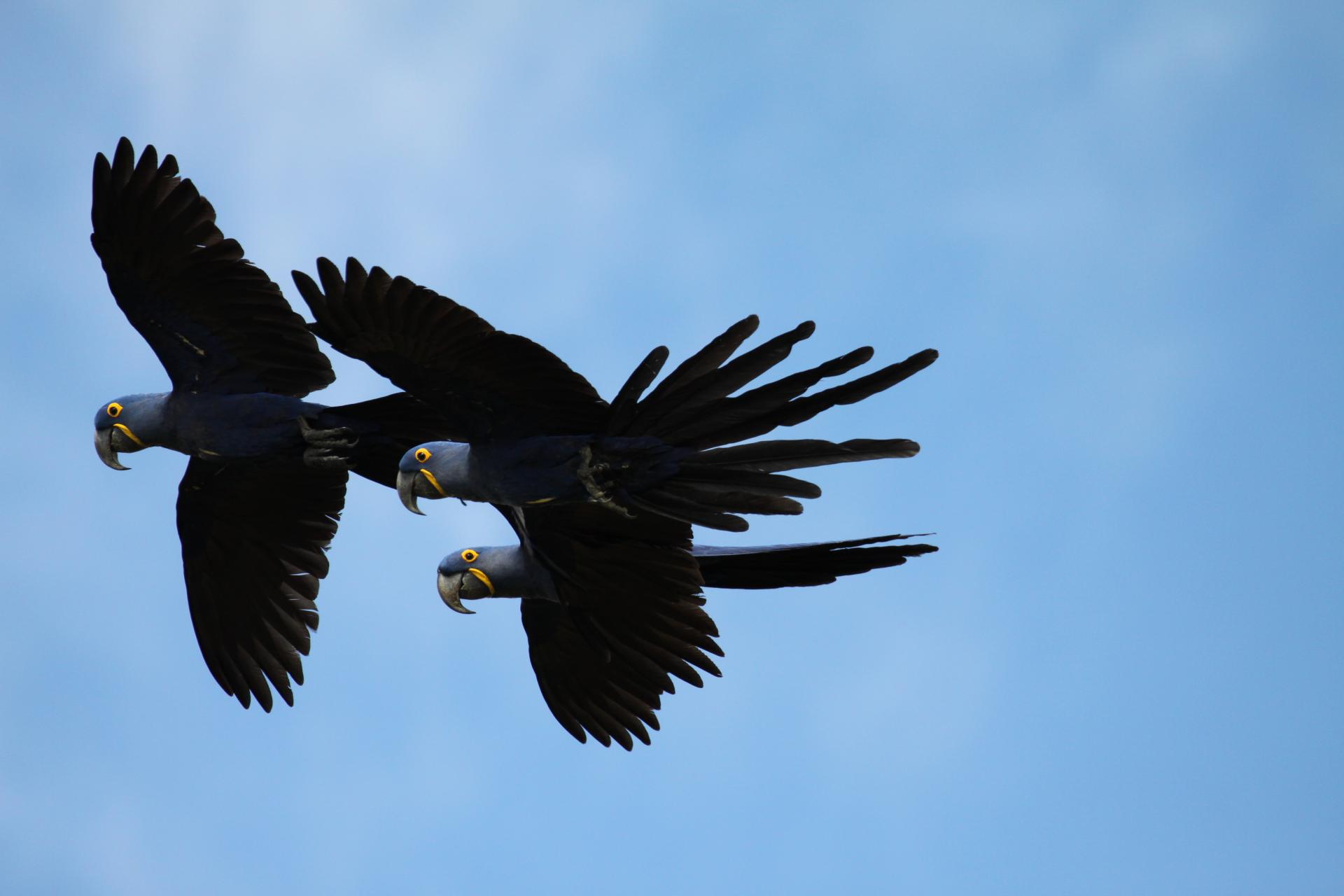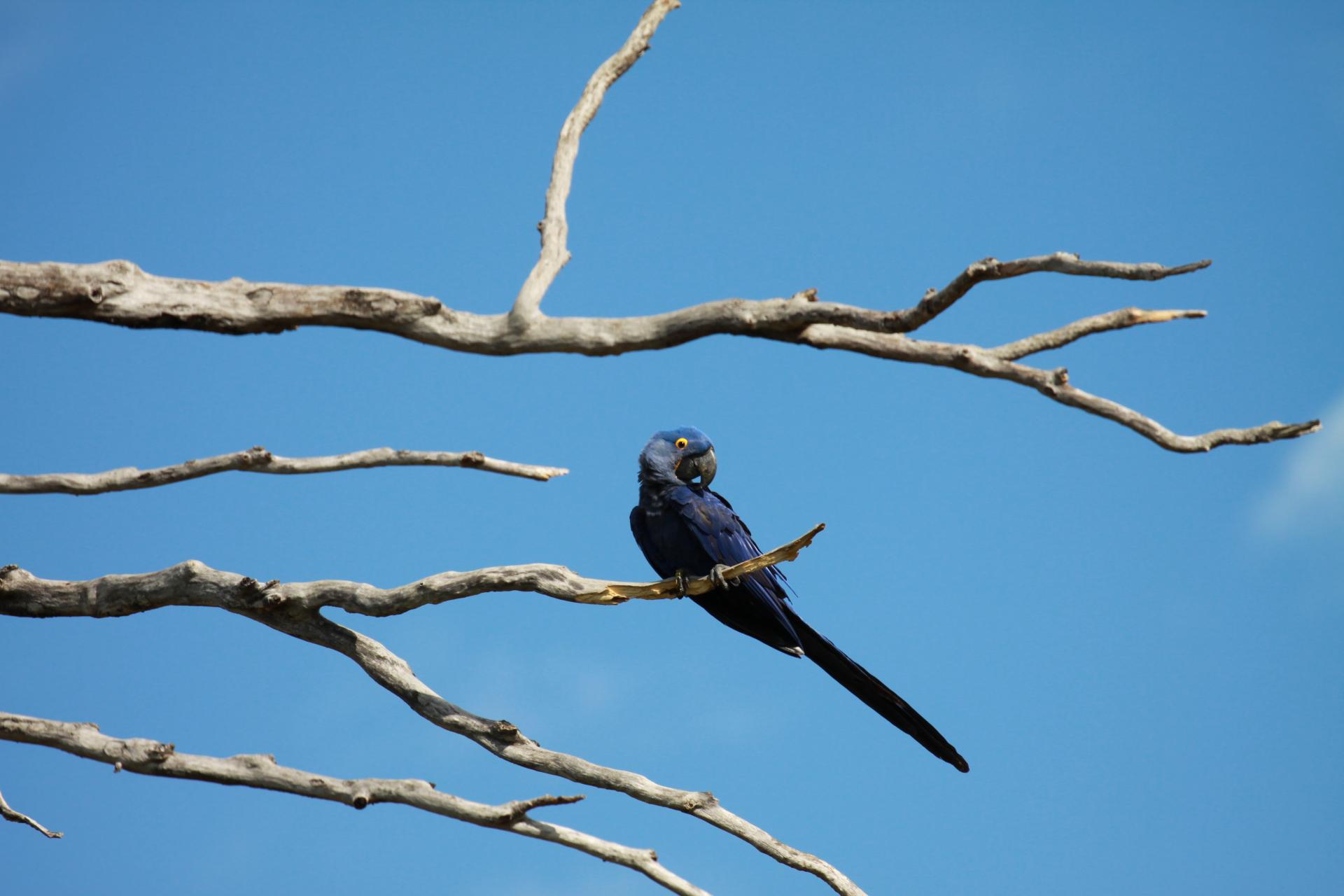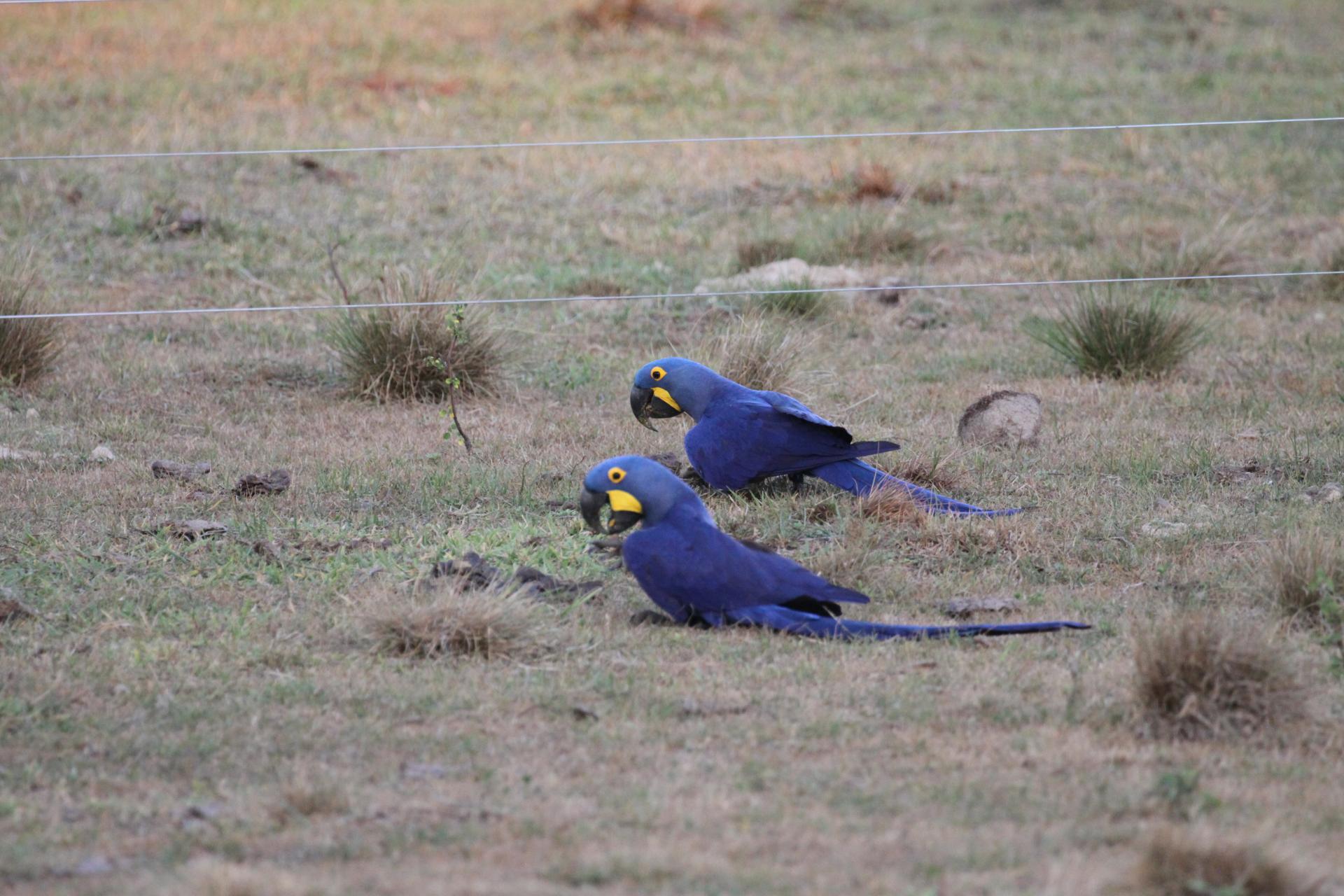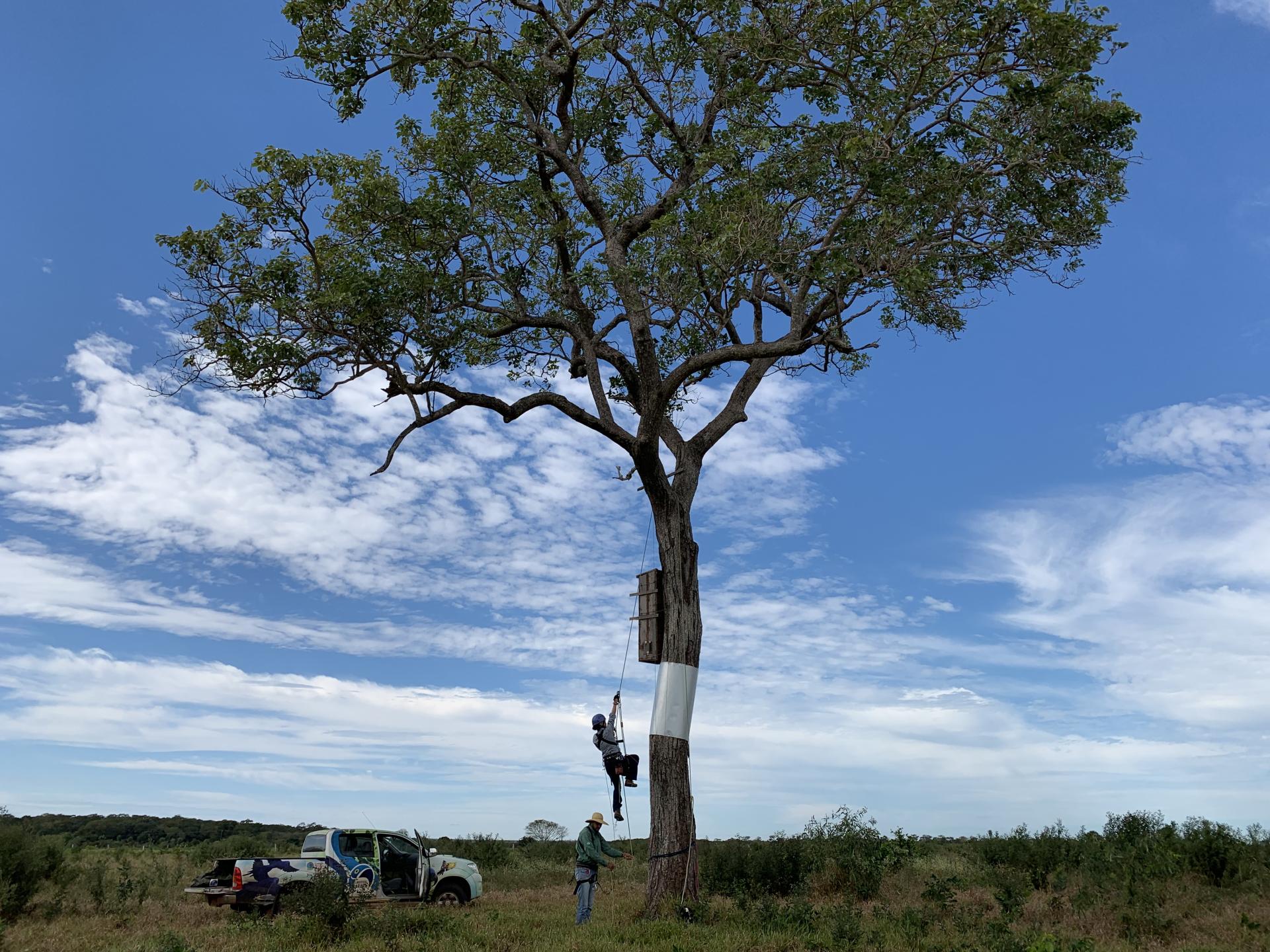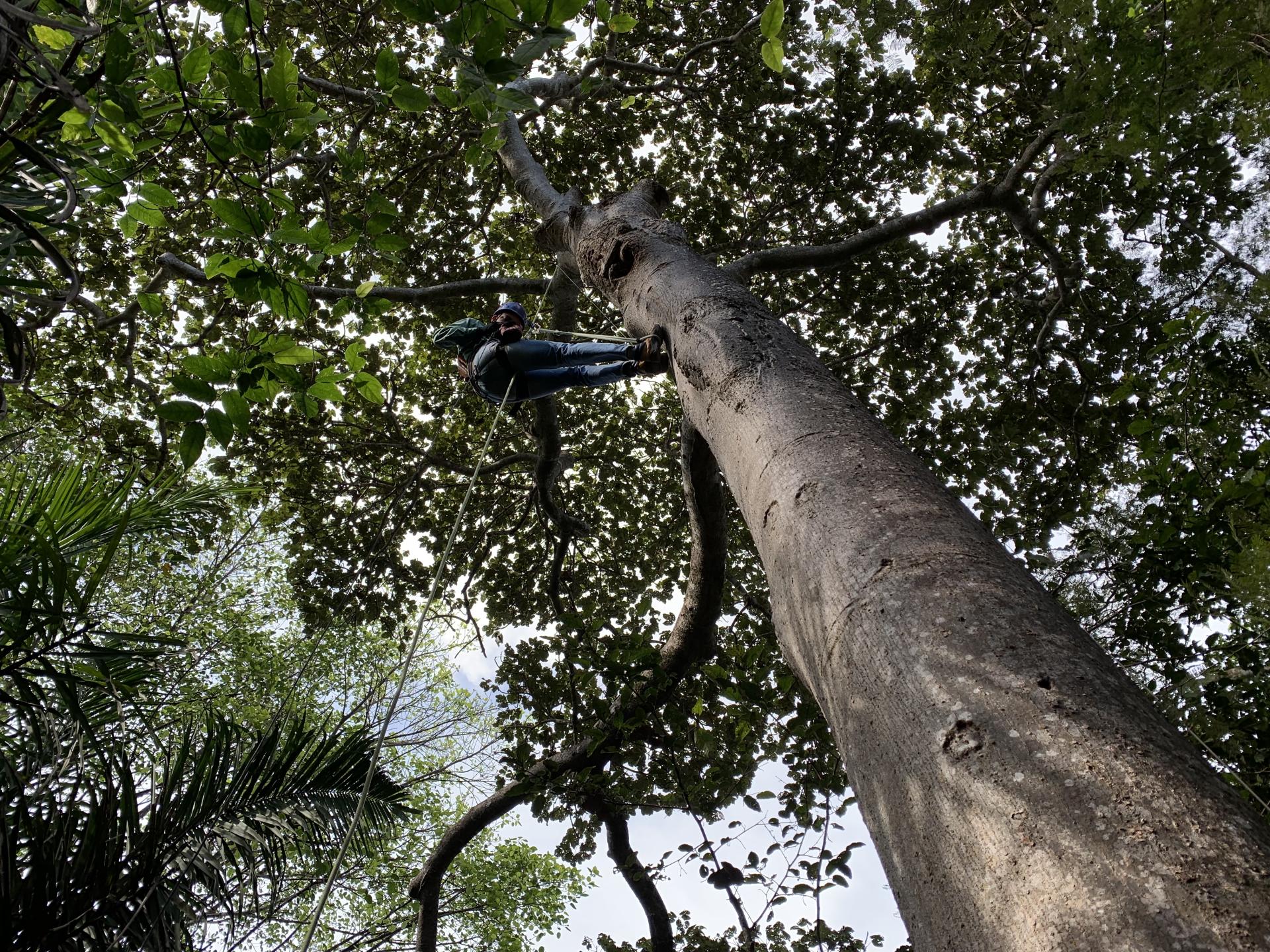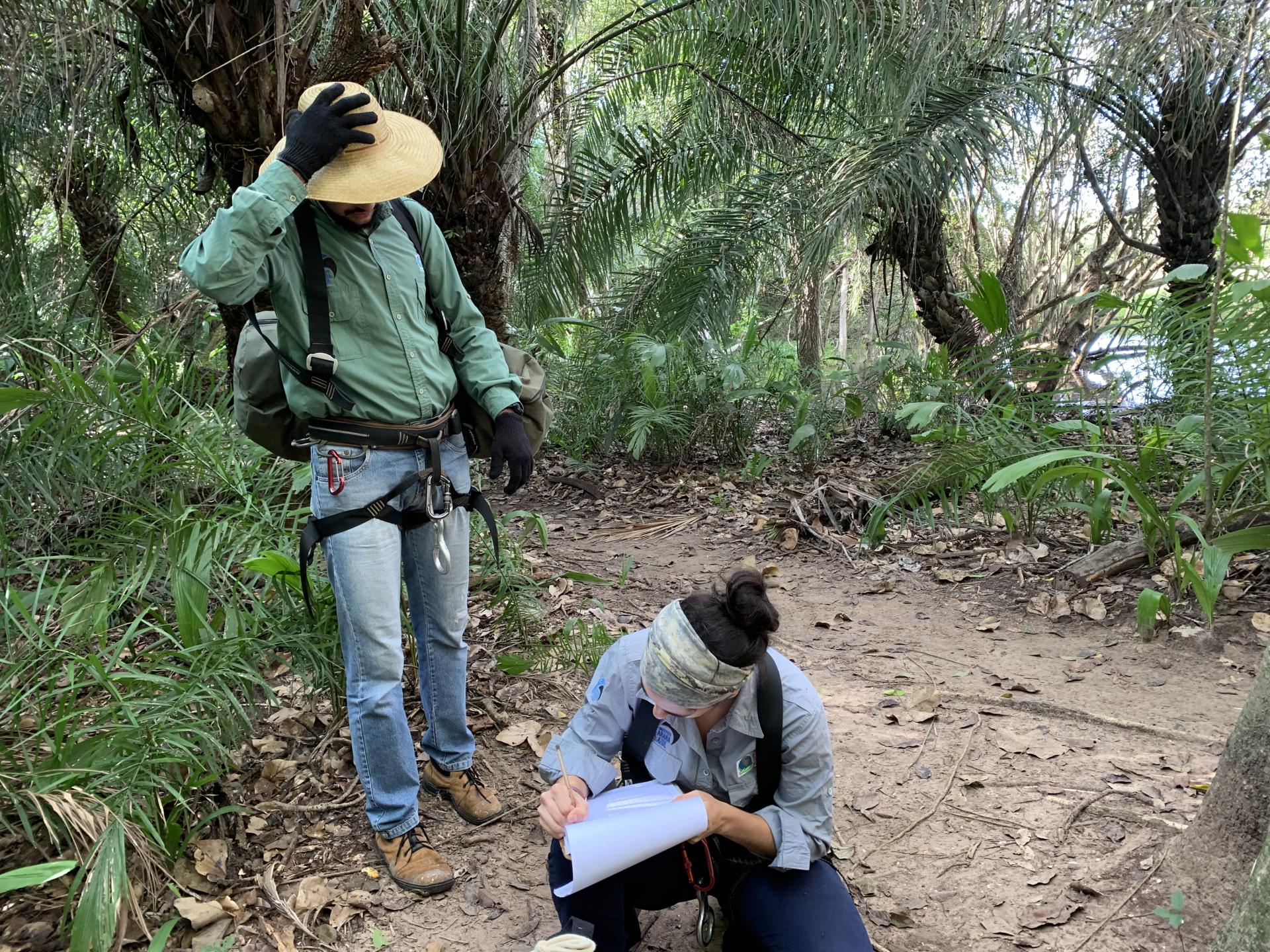Social Projects
We actively support the project "Salve Floripa"
We are proud to support the “Salve Floripa” project in Florianópolis, which has set itself the task of protecting the Atlantic rainforest.
The project shows that it is possible to establish a harmonious relationship between nature, steadily growing tourism in Florianópolis, and the preservation of the region's biodiversity. One special component of the “Salve Floripa” project is the protection of the Atlantic rainforest from invasive species, such as pine trees, which were introduces to the area and are spreading too quickly. The pine trees are encroaching on the native forests, inhibiting the growth of other plants and threatening the original ecosystem. As a result, the project staff not only take loving care of the trail, protecting nature and preserving the mystical rock formations. They also manage the invasive pine trees in a controlled manner so that they can't displace the native forest.
The Atlantic Rainforest is made up of various tropical plants and is home to one of the greatest diversity of species found on our planet. Originally, the Mata Atlântica once covered 15% of Brazil's total area. Due to decades of deforestation, around 93% of the Atlantic Rainforest has been destroyed - resulting in the loss of many species. 85% of the state of Santa Catarina was originally covered by Atlantic rainforest, but today only 17.4% remains. The figures for the island that is home to Florianópolis are similarly worrying: 95% of the island was once covered by Atlantic rainforest, but today only 39% remains.
As part of the work of “Salve Floripa”, we support various projects, such as the creation of the first ecological map of Florianópolis. This ecological map aims to promote sustainable tourism, ecology, the environment, and the culture of Florianópolis efficiently and innovatively.
Through innovative advertising, the ecological map supports the development of the “Salve Floripa” project, which is committed to the protection and recovery of the Atlantic Rainforest on the island of Santa Catarina. Part of the work is the issue of the first ecological map in the areas of environment and tourism. The aim is to strengthen sustainable development on the island, including ecotourism and the provision of basic services for visitors.
The ecological map was designed to promote the activities of the “Salve Floripa” project. It highlights parks, archaeological sites, and different biomes that can be found on the island. It also draws attention to the importance of preserving the biodiversity of Florianópolis.
The aim is to recover areas of native forest and achieve positive results in the restoration of natural environmental conditions. For this work, pieces of forest are used and small natural habitats are created in affected areas. This is intended to support the spread of the Atlantic rainforest. By surveying the land, priority areas can be identified and the necessary measures can begin. These include the removal of pine trees and the planting of native seedlings.
The main objective is to preserve the natural environment and the archaeological treasures of the island of Santa Catarina. The project seeks to encourage tourists and residents of Florianópolis to treat nature with respect. In this respect, the project provides the population with ecological and cultural information.
In addition, the ecological map of Florianópolis also provides interesting information for tourists about various leisure activities on the Ilha de Santa Catarina, such as hikes, suitable places for surfing, diving, etc.
The preservation of the island's natural beauty is particularly important to us. So we have supported other initiatives, such as the cleaning of the beach in Barra da Lagoa on World Environment Day (June 5).
Barra da Lagoa is a small fishing village in the east of the island of Santa Catarina. Its beach is one of the most popular beaches in Florianópolis. Officially, there are 650 meters of coastline, but Barra da Lagoa is not geographically separated from Moçambique Beach, which is 8 kilometers long. Due to the state of the beach, its cleaning became an important concern of the “Salve Floripa” project. Additionally, the local population, the government, and the private sector were to be called upon to help protect that environment, in particular the sea.
Protecting the hyacinth macaw in the Pantanal - “Adote um Ninho”
In 2003, the “Instituto Arara Azul” was founded, which is dedicated to the research and conservation of the Hyacinth Macaw in the Pantanal. The hyacinth macaw is the largest parrot of its kind. The largest population in Brazil lives in the Pantanal, although the Hyacinth Macaw is fundamentally an endangered species. The pairs only reproduce every two years or so. A maximum of one chick survives per nest, hatching from the egg after around 100 days. In addition to the low reproduction rate, deforestation, illegal trade, and hunting also threaten the population of the Hyacinth Macaw. One of the institute's most important projects is “Adote um Ninho” (“Adopt a nest”). This program allows companies and private individuals to contribute financially to the maintenance of natural and artificial nests. Only with this important support can trained biologists go into the field every day to monitor and maintain the nests, the chicks, and the population. In addition to our other support, Aventura do Brasil is delighted to have adopted a Hyacinth Macaw nest in the Pantanal.
Caminhar Juntos - Walking Together
We want to advance this work collaboratively, alongside everyone dedicated to the holistic development of people, near and far. "Caminhar Juntos" (Walking Together) is a non-profit organization that provides after-school care and support for children and youth between the ages of 6 and 14. The association was founded by deaconess Gerda Nied with the help of friends to assist children from socially disadvantaged families facing challenging social, family, and economic circumstances.
"Caminhar Juntos" offers a wide range of programs for children and families, including sports, educational activities, tutoring, dance, guitar lessons, theater, capoeira, Muay Thai, discussion groups, and workshops. Established in 2003, the organization became a civil law cooperative in 2007. It is funded by donations from both the local community and Germany, through a partnership with the Evangelical Lutheran Church of Brazil (IECLB).


